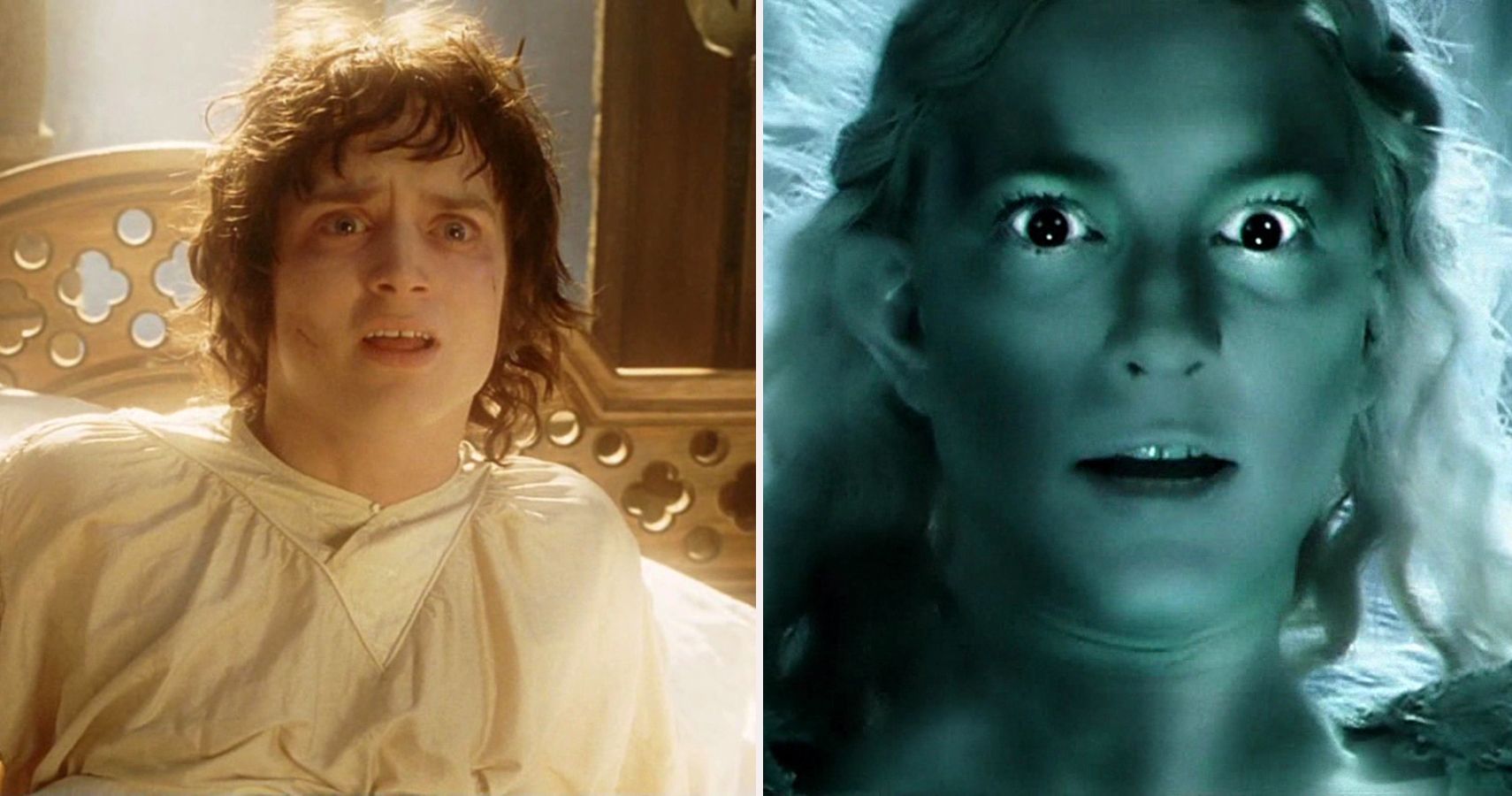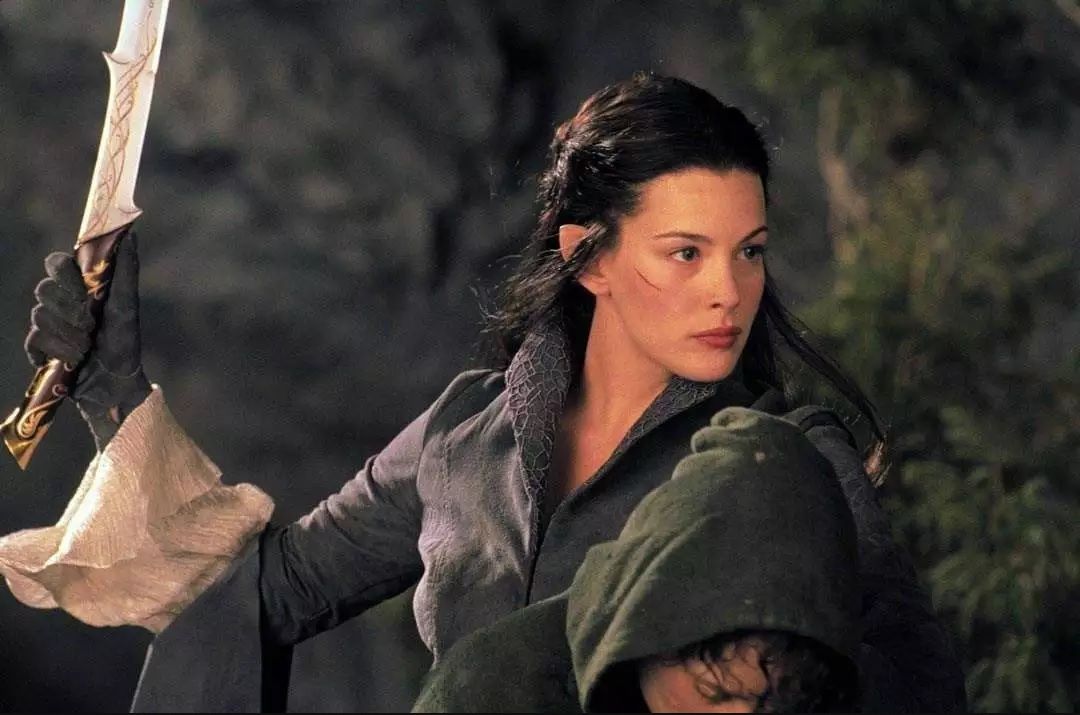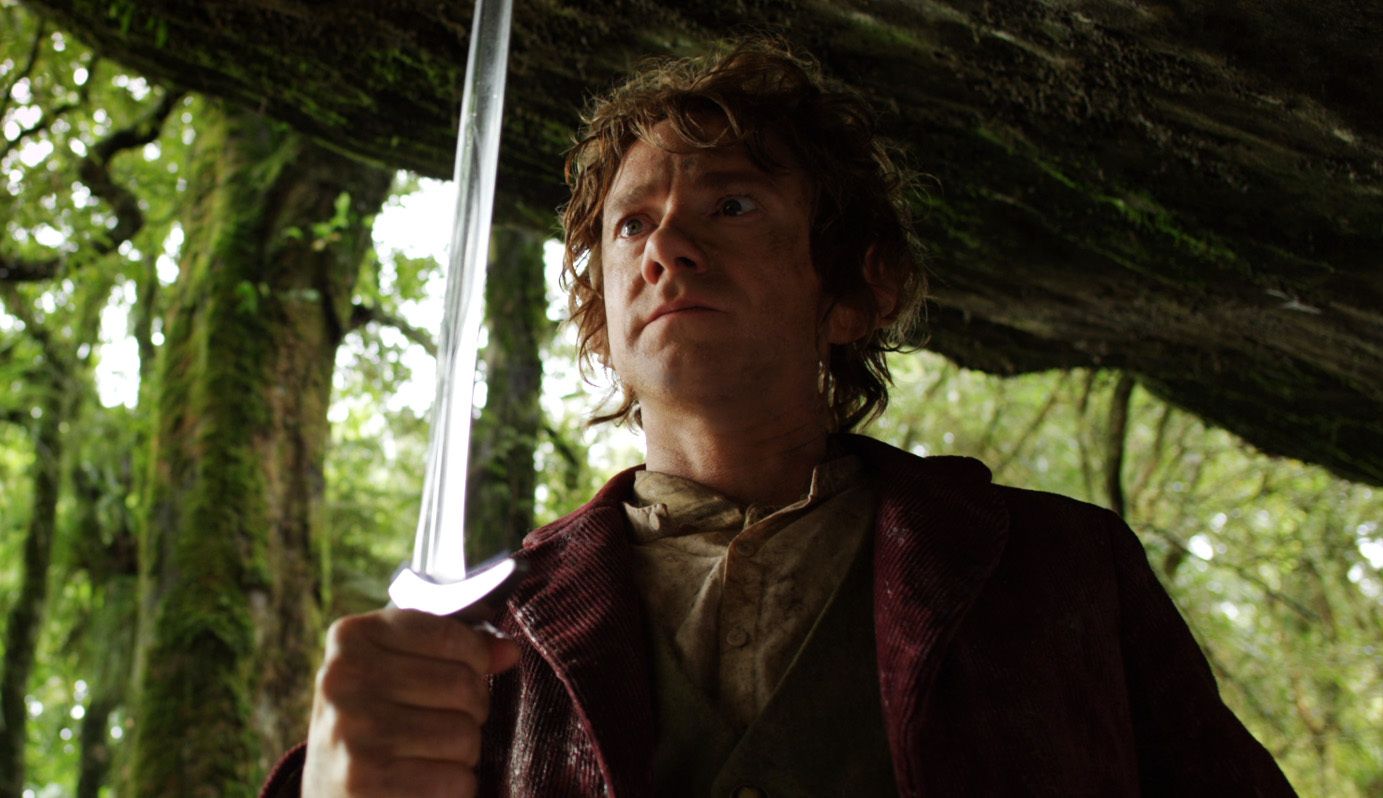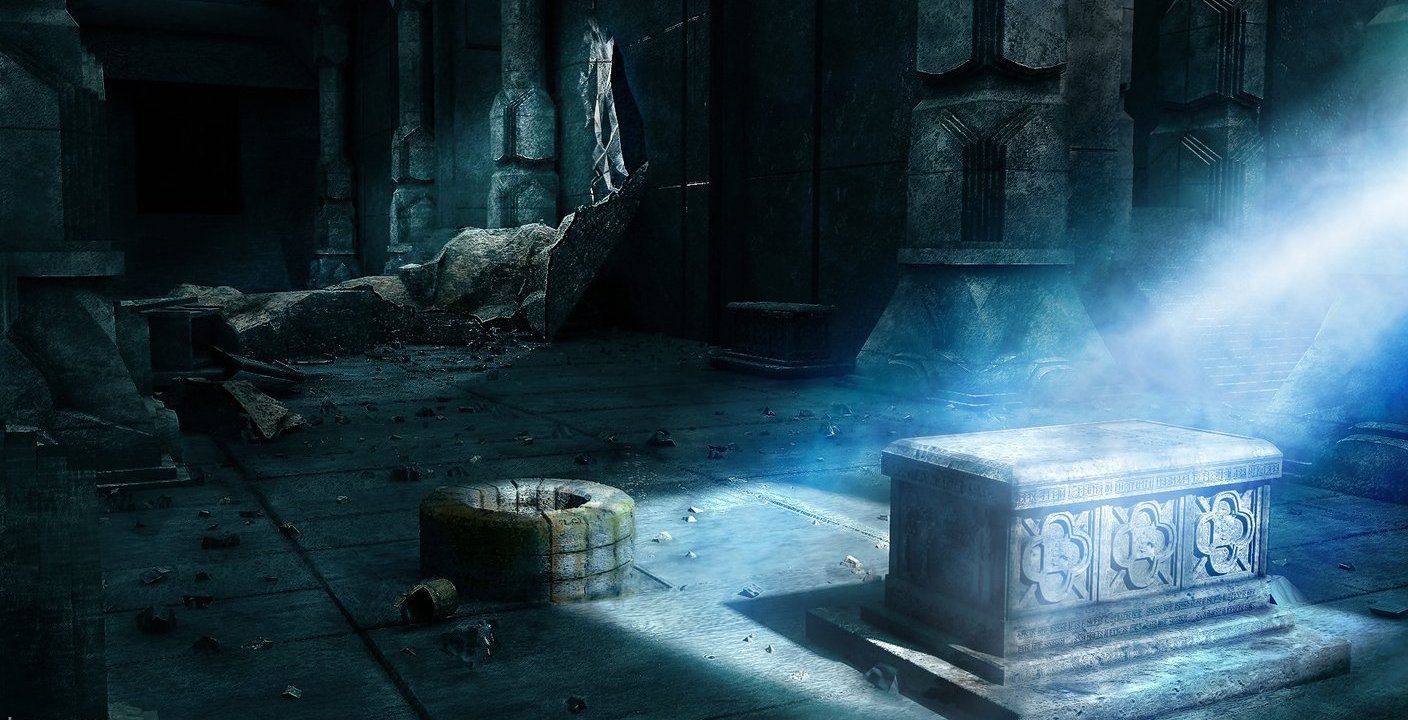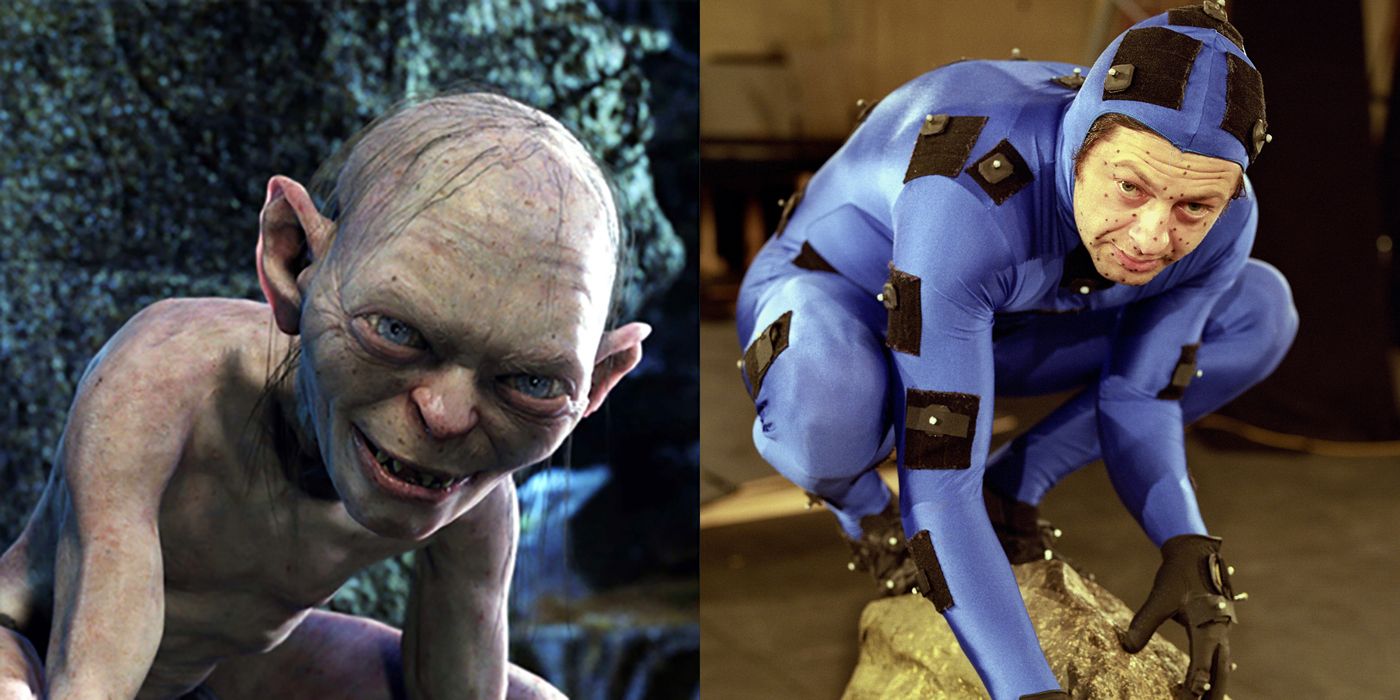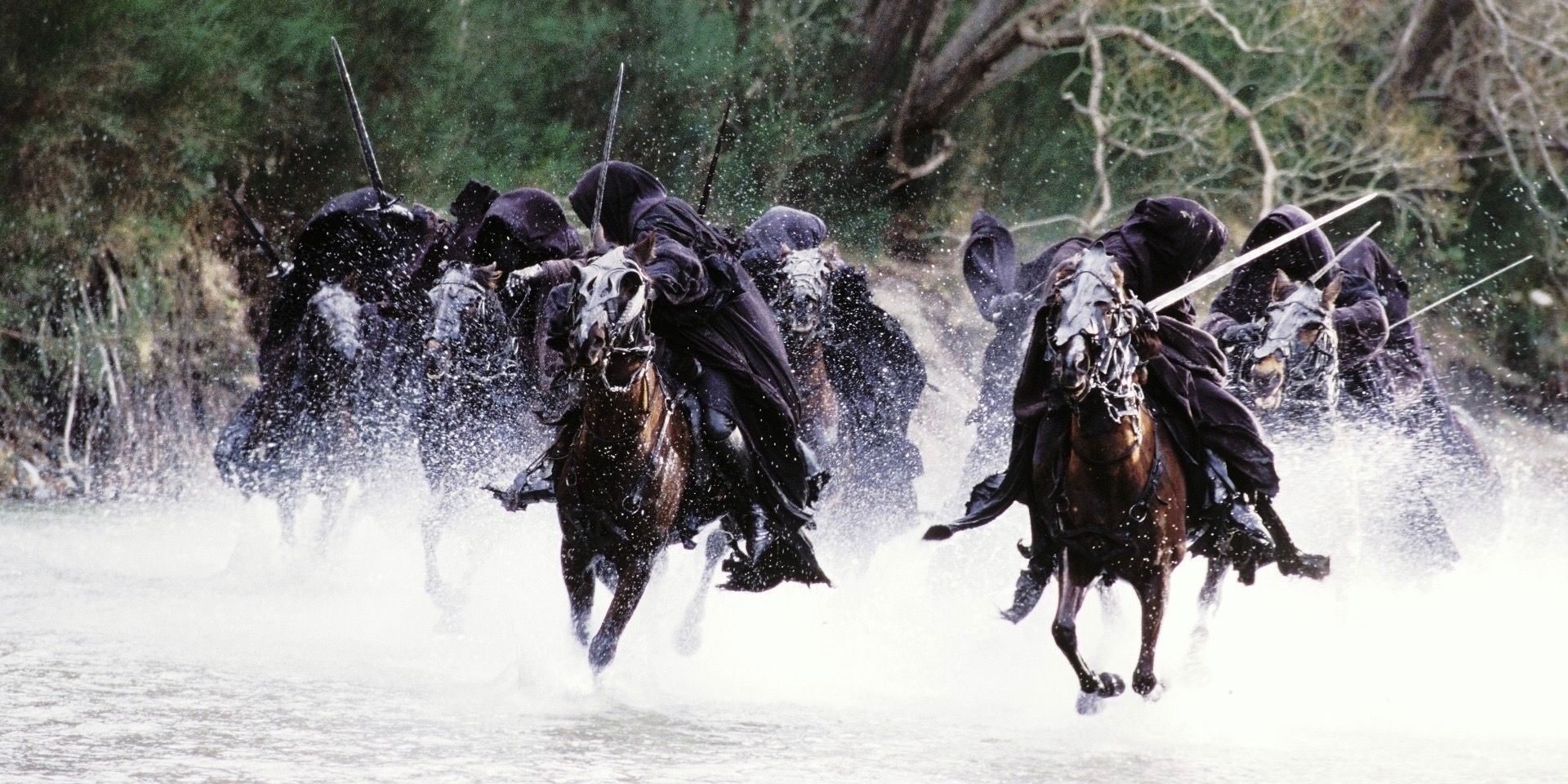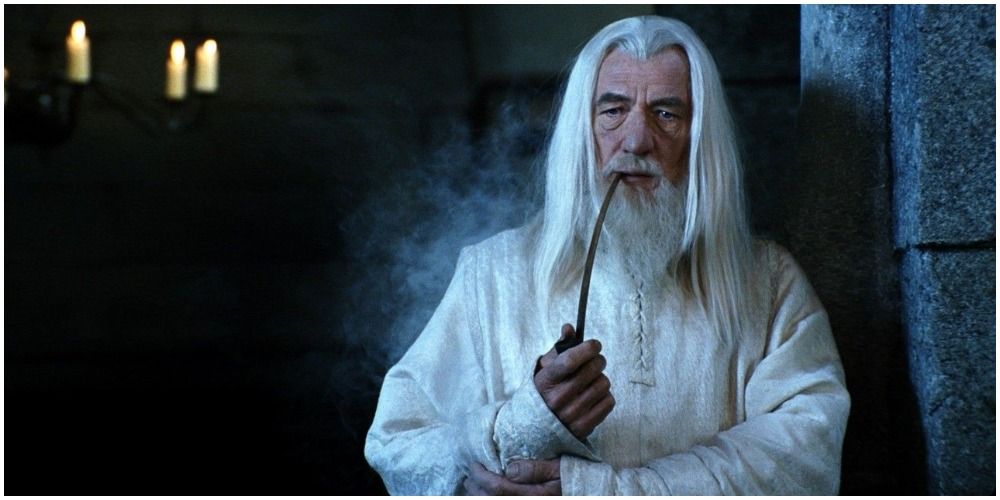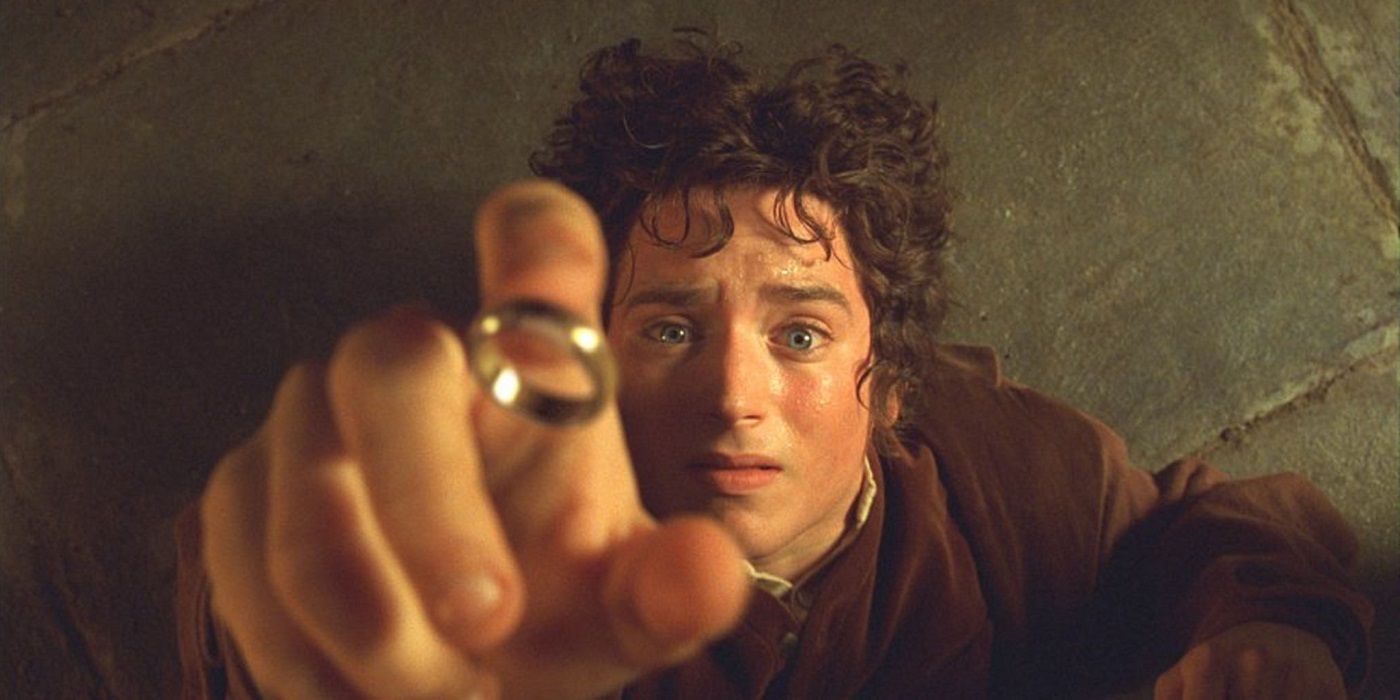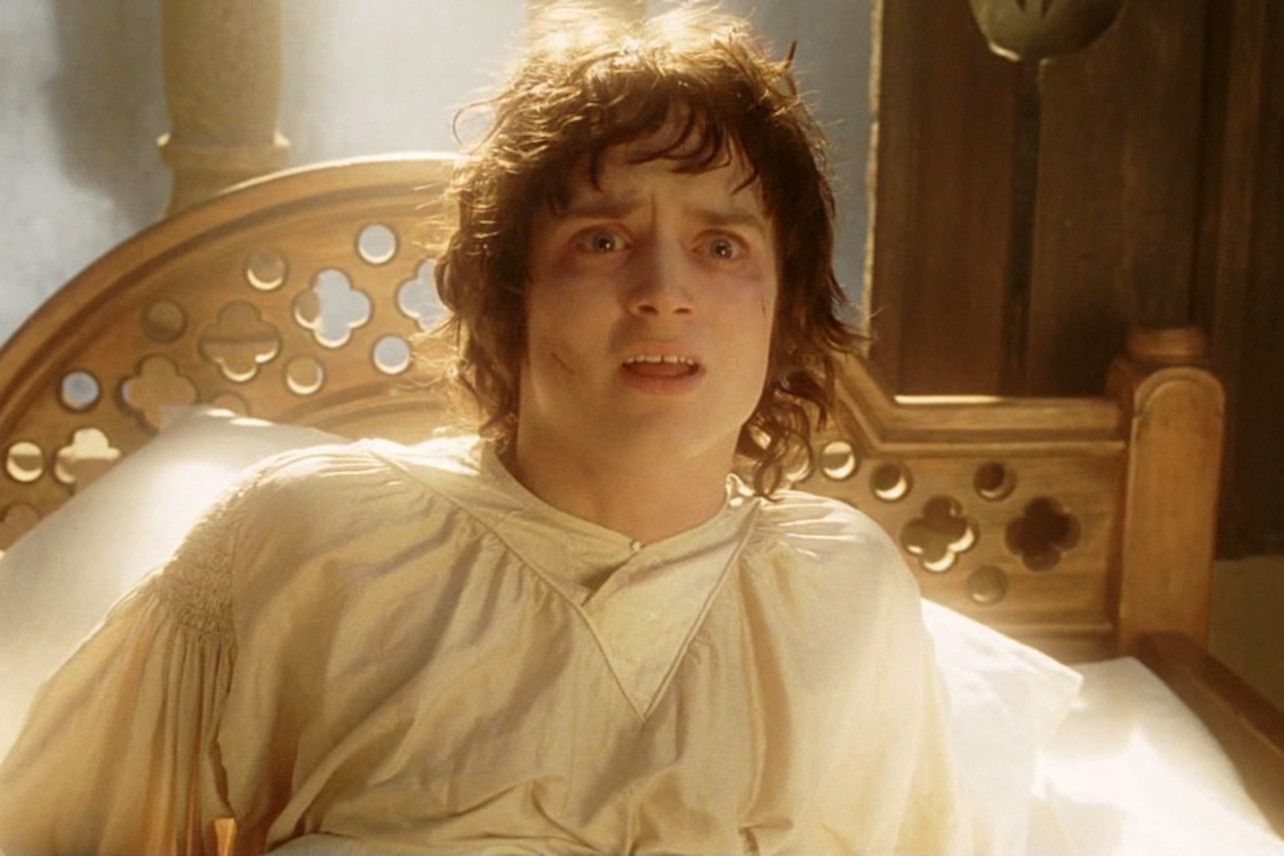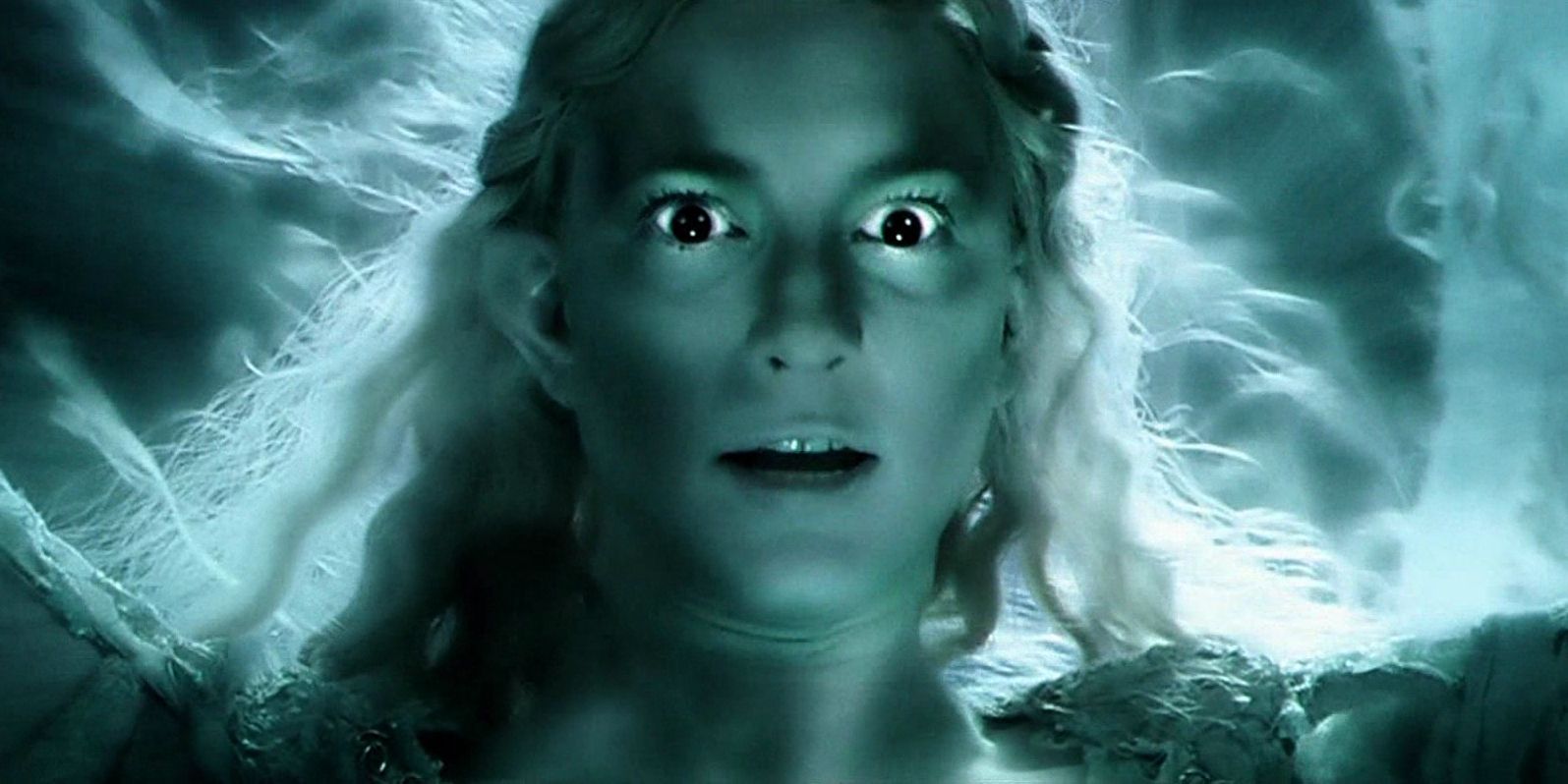The Lord of the Rings is considered by many to be a masterpiece of cinema. That sentiment, by the way, is one hundred percent true. When it comes to book adaptations, few are as impossible to tackle as Tolkien's mythic trilogy. Yet, Peter Jackson and his remarkable cast and crew did just that. The Lord of the Rings trilogy remains the single greatest achievement in fantasy filmmaking, period.
That being said, with age comes many things. Social attitudes, film taste, and patience all adapt with an ever-changing audience. Because of that, not every film easily remains up to snuff for everyone. Lord of the Rings is no exception.
The Lack of Diversity
There is no denying that diversity has become an essential part of Hollywood. Thanks to changing attitudes and tastes, more diverse stories are getting made year after year. This change can only be a good thing for the future of cinema. Sadly, such a change also can affect the reading of older films.
The Lord of the Rings is not inherently anti-diversity. The stories are taken and inspired directly from British and Norse mythology. Because of this, most of the characters are white, and most of the characters are male. The films certainly tried to highlight more of their female characters than the novels ever did, but there is no denying that the audiences of today might crave a fantasy film that includes characters of many identities.
The Impact Of The Hobbit Movies
The Hobbit Trilogy certainly isn't atrocious, but it is nothing when compared to The Lord of the Rings. The overuse of CGI, the overstuffed plotting, and the reliance on nostalgia made The Hobbit films far less impactful than their predecessors.
Now, a few bad prequels don't spoil the originals on their own. But, when these films directly tie into The Lord of the Rings, the connections often weaken aspects of the originals. The implied romance between Gandalf and Galadriel, the inclusion of an over-jealous Legolas, and more all bring either awkwardness or negativity into aspects of The Lord of the Rings Trilogy.
Gimli And Moria
More of a plot contrivance if anything, but Gimili's complete unawareness of the dangers of Moria never made any sense. Looking past the information that The Hobbit Trilogy provides, Gimli should have known that Moria was not only overrun by Orcs but that all of his comrades were slain.
News travels at a decent speed in Middle Earth, and the Dwarves are alive and well at this time. If Moria was overrun for as long as it had been, Gimili out of everyone would have known about it. Of course, the Fellowship needs to go through Moria for Gandalf to fall. The necessity of them entering Moria is not up for debate. It is the willingness and obliviousness of the one dwarf in the group to traverse the path.
Occasional CGI Issues
The Lord of the Rings not only used a perfect amount of CGI, but perfected the technology for many films afterward. The work done on this series had never been seen before, especially the motion capture work for Gollum.
That being said, these were still the early days of computer-driven effects. And when it came to usage, these films implemented more than any other of its time. A few shots here and there are nowhere near as impressive as they used to be. Gollum in particular, especially in comparison to his appearance in The Hobbit, has a few moments of unrealistic movement or rendering.
A Lot Of Slow Motion
Aesthetics change overtime. Montage might be a popular trend one year while Dutch Angles could steal the show the next. It is just a fact of life, and it is one that everyone understands. The Lord of the Rings feels very timeless for the most part, staying in a fairly universal aesthetic state throughout its trilogy.
But, some aspects feel a bit outdated in regards to today's tastes. One aspect, in particular, the use of slow-motion, feels so over the top it can come across as distracting. So many sequences and shots implement slow-motion filming. Some here an there is one thing, but it is obviously a favorite technique of Jackson's and one that some modern audiences might not jive with.
The Length And Pacing
Now, this is an awkward point, without a doubt. The Lord of the Rings is dense. Looking past the multiple sequels, prequels, maps, appendices, dictionaries, the trilogy itself contains a lot of material. Now, a film adaption can only do so much to remain interesting, and the Trilogy does a commendable job with it.
A lot of the fat was trimmed and dialogue modernized to appeal to a wider audience. But, they still clock-in at a massive runtime, and a lot of sequences might be seen as overly drawn out for some audiences. In today's climate, The Lord of the Rings would never have been made into films. Instead, the series might have been better suited to the television format.
Frodo's Painful Moments
The performances in The Lord of the Rings are some of the best in the genre. Heck, certain ones are some of the best of all time. Look at Ian McKellen as Gandalf. There is not a single soul who could ever embody that character the way he did.
Frodo, on the other hand, is a different story. Elijah Wood should be commended for his work as Frodo. He is still iconic in the role, but there are certain choices, either of his own or Peter Jackson's, which are a bit too much. The delivery in certain moments of pain or near-death works sometimes, but more often than not feels over the top and forced.
Frodo’s Screaming
When he isn't passing out, almost dying, or worse, Frodo is usually sulking or screaming. To say that he isn't the most engaging protagonist would be an understatement. The screaming, in particular, is so draining by the second film.
Screaming for Gandalf, screaming for Sam, or just screaming in general, Elijah Wood must have used up mountains of Ricolas by the end of filming. This is a bit hyperbolic, but there is no denying that it gets to be a bit much by the end of the series. One person can only take so much of Elijah Wood Screaming.
The Laugh Filled Reunion
Out of the entire Trilogy, few moments have garnered as much criticism as the final sequences of Return of the King. While most of the ending works, many fans have pointed at to the multiple endings for feeling drawn out and for causing pacing issues.
Outside of this critique, another has risen to the surface. The sequence in which Frodo awakens in Rivendell to find the fellowship there to greet him is one of the least successful executed moments of the whole trilogy. The melodramatic lightning, the slow motion, the bizarre laughing. Everything feels so strange in comparison to the rest of the films.
Galadriel’s Moment Of Weakness
Galadriel is one of the best cast, performed, and written characters in the entire trilogy. Cate Blanchett brought the Elven Maid to life in the perfect way. This complex and mysterious character remains a fan favorite to this day. But, one moment leaves a bad taste in the mouths of many viewers.
When Frodo offers the Ring to her, Galadriel explodes with power. Now, this scene should work well on paper. It shows the complicated and nuanced character that Galadriel is. If it wasn't for the god awful CGI and art direction, this scene would pop. The sequence is so odd that it lacks the words to describe it. The use of color, lighting, and CGI result in the worse effects sequence of the entire Trilogy.

